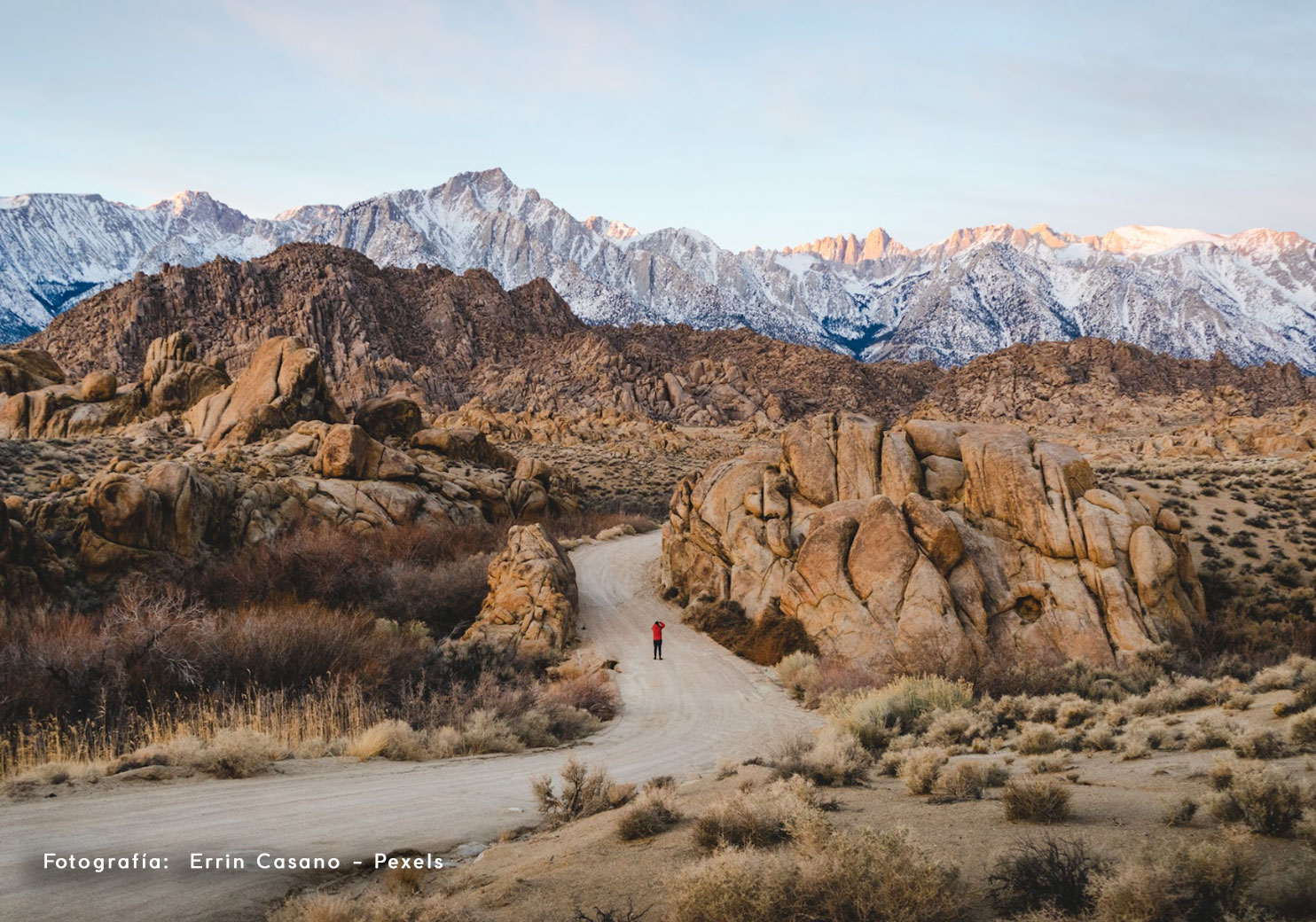
The Landscape and the human being
Learn with Ricardo Riveros Celis about an inseparable binominal “The landscape and the human being”, and why the Landscape Architecture is the profession for a better future.
The human being and the landscape; conceptually an inseparable binomial. “There are landscapes because there are people”1 points out the prominent Argentine researcher Lucas Períes, clearly alluding to the cultural construction of the concept of landscape and, therefore, to the need to perceive it on the part of the human being, who will reflect all his cultural heritage in the intellectual construction from the landscape.
In this way, landscapes acquire attributes that we can classify as urban, rural and even natural characteristics, if the landscape is close to what we can imagine as nature. If we consider that the ecological elements of the landscape, such as vegetation, water or fauna, predominate, it is possible to understand that common and con- tradictory term “natural landscape”. Perhaps the latter is one of the most powerful desires that we human beings expect: to observe, arrange and experience natural landscapes in our cities, or rather, to enjoy landscapes with a predominance of ecological factors or elements around us.
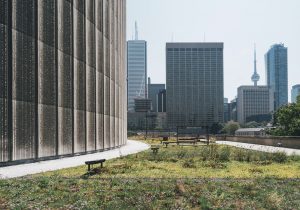
Square Nathan Phillips Square podium roof garden
Photography: Scott webb – Pexels
This leads us to think about the position of the human being in the planetary order. Will we continue to be outside of nature and its ecolo- gical processes as the dominant model has pro- posed, or will we be able to unlearn and relearn to position ourselves as part of nature and its processes? This last path leads us to think about relating to the planet in favor of its processes, which implies -among other things- designing our cities taking into account the ecological processes offered by the ecosystems where they are located and therefore -in a context of change global, climate and biodiversity crisis2- design- ing nature-based solutions. Our role as human beings is to become aware of this and promote it. Adapt to this reality.

Diseñando / Designing
Fotografía / Photography: Antoni Shkraba – Pexels
The latter brings us closer to Landscape Architecture and its contemporary and global objective of naturalizing cities -and ruralities- through the design of outdoor spaces. Our role as Landscape Architects goes beyond consciousness, being related to the work of understanding, maintaining and promoting, through our projects, ecological processes and their ecosystem services. At the same time that we promote vibrant communities, with respect for their identities and with an appreciation of the aesthetic from its meaning and perception. The foregoing, through clear objectives and tasks with citizens, in education and professionally. Understand the phrase: “Landscape architecture is not only the profession of the future. It is the profession for a better future”3 acquires more importance than ever.
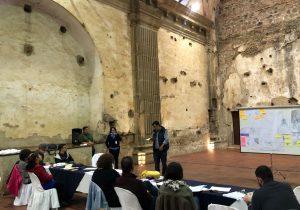
IFLA AR meeting
Photography: Ricardo Riveros
“Landscape architecture is not only the profession of the future. It is the profession for a better future.”3
From the communication field, channels such as LANDUUM are essential to help raise awareness of global problems and the exploration of some solutions, while from our IFLA4 professional body, we can make significant progress in building a discipline of higher quality standards and also closer to global and local needs. In my role as an academic, from my participation as a visiting professor in the Landscape, Environment and City master’s degrees5 and in Landscape Design6, in addition to my work as a tenured professor in the Landscape Architecture career at UCEN7, I promote students’ daily tasks based on contexts and global thinking, as well as local acting.
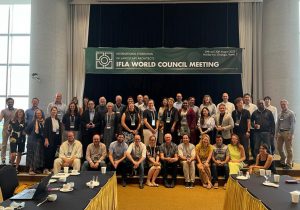
IFLA World council meeting
Photography: IFLA
At the same time that together as an academic community, we promote the participation and linking of the neighbors, civil society as a whole, other universities and public and private institutions around such important and necessary programs as the Biodiverse Garden8, a true open-air laboratory that seeks to naturalize the city by evoking the vegetal landscape of central Chile.
Finally, and taking advantage of the occasion at the end of the year, it is worth pointing out some resolutions that we can all undertake in 2023, especially thinking that having goals and planning their execution keeps us alive! Some things that we can consider are for example; greening our environment through the planting of vegetation, hopefully native trees. This simple act will promote CO2 sequestration, surface temperature regulation avoiding heat islands, and increased biodiversity.
The above, while improving the positive perception of our environment, allowing us the much-needed mental undoing when in contact with green spaces, relieving the overload of negative stimuli caused by urban environ- ments. Conforming thus, a healthy landscape. We can also maintain ourselves as a vibrant community with its own identity by developing projects that distinguish us. A community urban garden can be a space for collaboration that promotes contact between neighbors, self-consumption of herbs and vegetables, while keeping us active, in dialogue and empowered by the landscape that unites us. That landscape that exists because there are people.
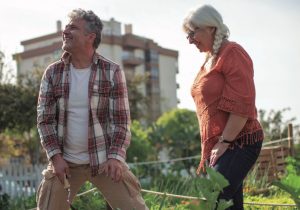
Orchard
Photography: kampus production – Pexels
¹Períes Lucas. 2020. www.lucasperies.com
² IFLA. https://www.iflaworld.com/newsblog/ifla-declares-a-climate-and-biodiversity-emergency?rq=declaration
³ Landscape Institute. https://www.landscapeinstitute.org/
⁴ www.if laworld.com
⁵ Universidad Nacional de La Plata UNLP. Ciudad de La Plata, Argentina. https://www.fau.unlp.edu.ar/contenidos/graduados-as/carreras-de-posgrado/maestria-en-paisaje- medio-ambiente-y-ciudad-pma/
⁶ Universidad Pontificia Bolivariana UPB. Ciudad de Medellín, Colombia. https://www.upb.edu.co/es/postgrados/maestria-diseno-paisaje-medellin
⁷ Universidad Central de Chile. Ciudad de Santiago, Chile. https://www.ucentral.cl/admision-pregrado-diurno/arquitectura-del-paisaje
⁸ Instagram: jardín biodiverso











